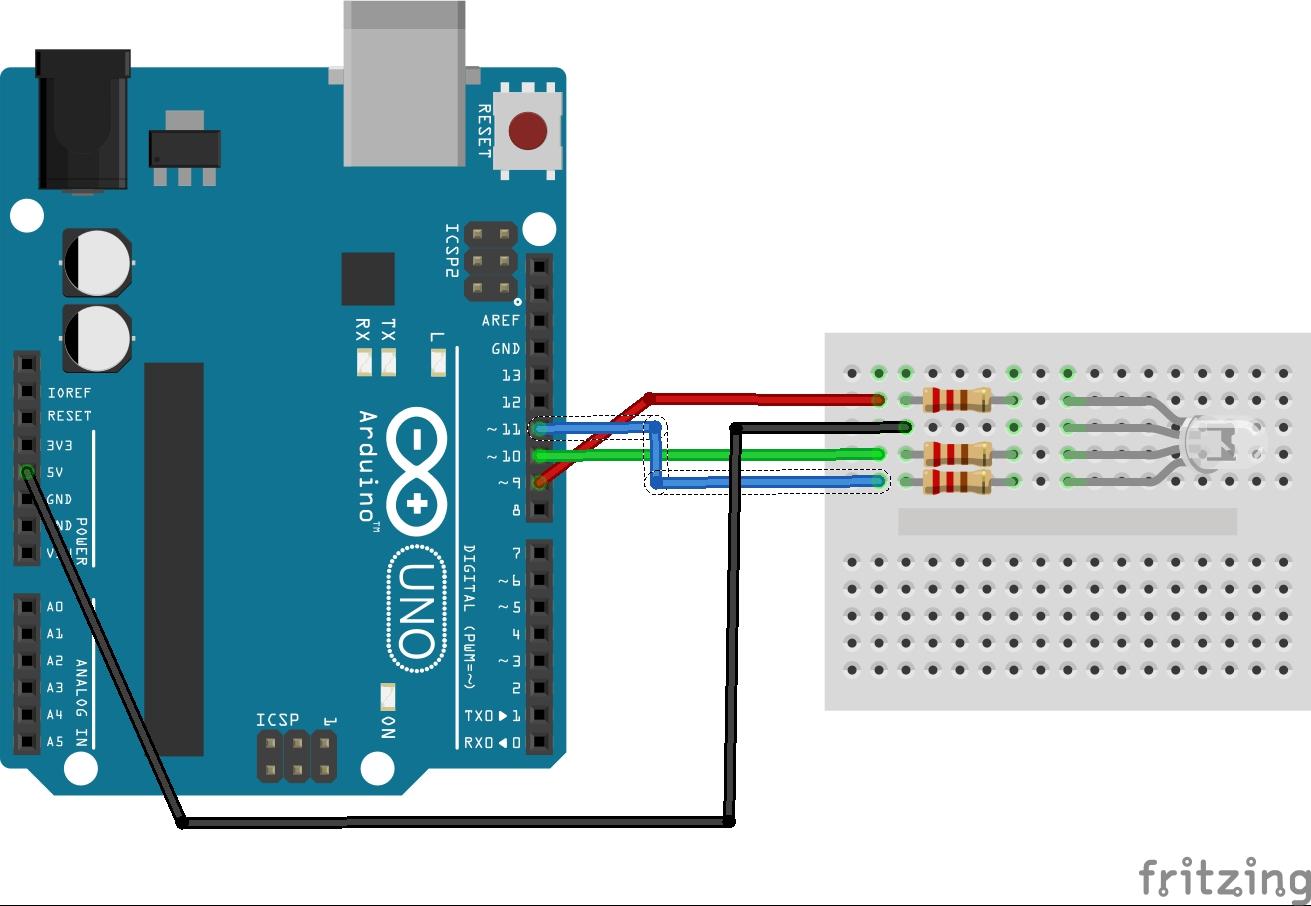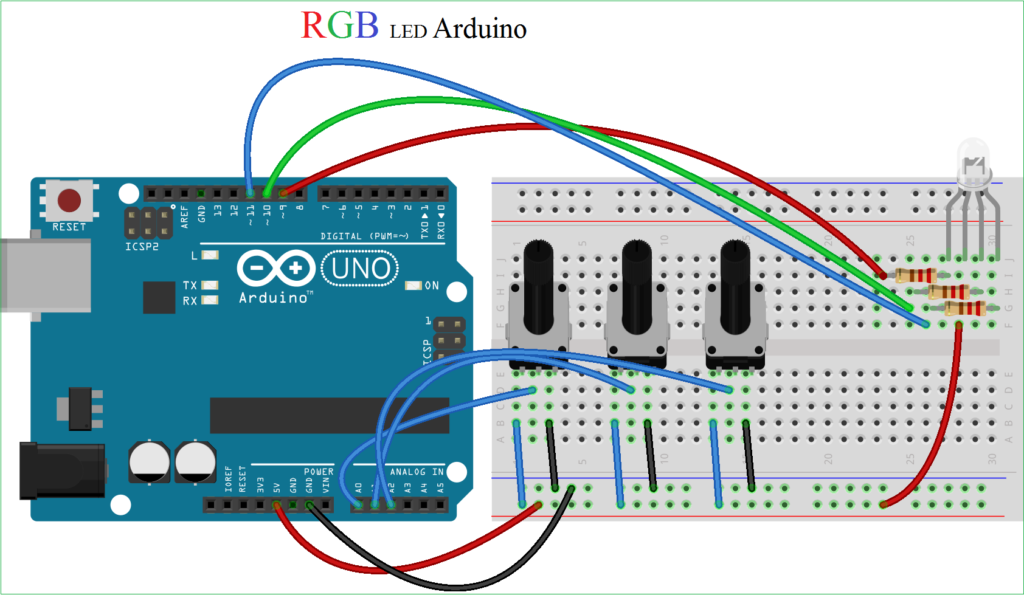

Modern color theory dates to the late 19th and early 20th century. As a result much early work was subjective. Most of the initial work with color involved sensory experiences rather than actual attributes of the physical world. It was Newton who came up with the concept of the “color wheel”, a chart that describes the usage of “complementary colors” that is still in use today. Initial work on color theory was performed as early as the mid 1400’s and early work with the science of color was undertaken by such luminaries as Leonardo da Vinci and Isaac Newton. Color TheoryĬolor theory is the study of the mixing of colors to produce a specific visual effect. An Arduino can be used with either type or LED.īefore we get started on lighting up our projects with RGB LEDs let’s take a quick look at some color theory, this will help you understand how we can create a multitude of colors with just three primary ones. Standard RGB LEDs can be used as stand-alone devices while Intelligent RGB LEDs require a controller or microcontroller. There are many different varieties of RGB LEDs, today we will look at two different types:

In addition to being able to emit their three primary colors RGB LEDs can be used to display virtually any color of the rainbow by fusing together combinations of their three colors. Note that it appears that for this amplifier, you would connect the Arduino's +5 to the input (along with the PWM outputs from the Arduino), rather than ground - and the PWM sense would be reversed, with lower PWM values being brighter, because the amp would turn on when the output pin was low.RGB or Red-Green-Blue LEDs are a fusion of three LEDs in a single package. Many of them however expect to be driven by the tail end of a previous strip, at roughly 12v)Īn example of an LED amplifier which IS designed for 5v inputs: I have not used this device and am not recommending it, just using it as an example. (If your LED amplifier says it's designed to be driven by 5v, do not do this test. If that color is now fully bright, then you have shown that 12v input fully turns on the driving transistor, but 5v does not. Connect the +12v to one of the inputs at a time. Note that if this is the case, the LED amplifier may also overheat - the transistors dissipate more power when not fully on, which raises the temperatures, probably leading to shortened life at best, possibly release of the magic smoke that makes electronics work.

The blue LEDs would be the first to suffer from this voltage sag.

In that case, the LEDs may be seeing less than 12V. Driving it with 5v may not fully turn on the LED driving transistors.
#ARDUINO RGB LED TEST SERIES#
(Or from another perspective, with 3 in series the LEDs get 6-9v and thethe resistors and power amp need to drop the 3-6v from a 12v supply, versus a single LED dropping 2-3v and the resistors and power amp dropping the other 9-10v).Īll is good, if you are driving each color with close to 12v.īUT - your LED amplifier may expect more than 5v inputs in order to be fully on (eg: if it uses conventional FETs). Driving 3 in series is good - the same current travels through 3 LEDs producing 3 times as much light per amp than if each LED was separately driven. 3 Red LEDs take about 6V to be fully on, while 3 blue LEDs take about 9V when you have 12v the resistors absorb the rest of the voltage drop (higher value resistors are needed for the red LEDs if you want about the same current in each color). Your 12 strip probably puts each set of 3 LEDs in series.


 0 kommentar(er)
0 kommentar(er)
